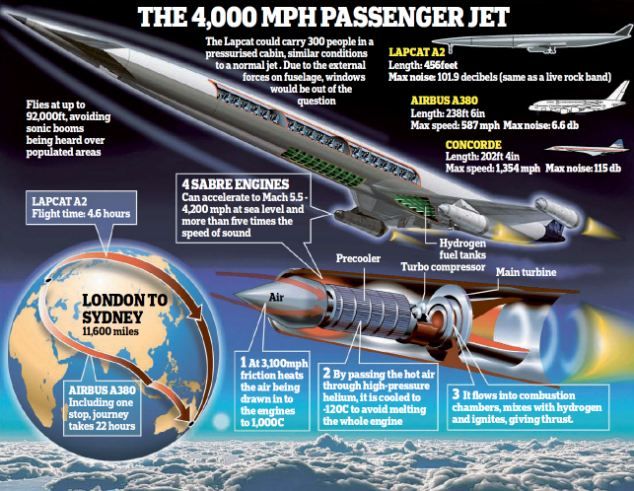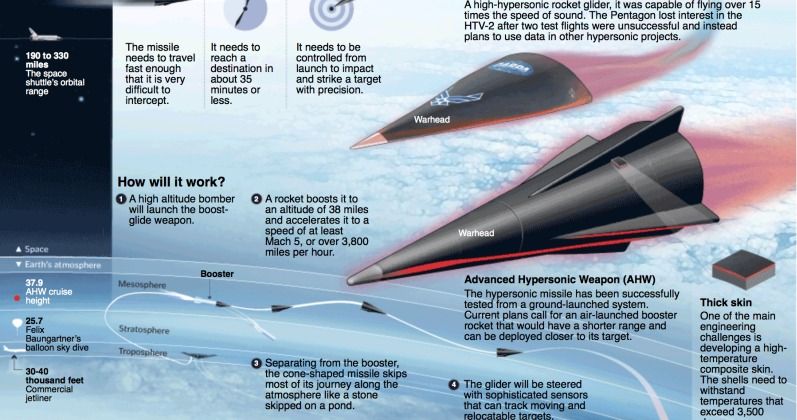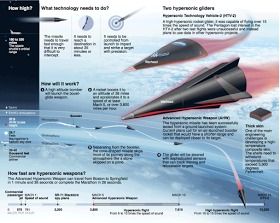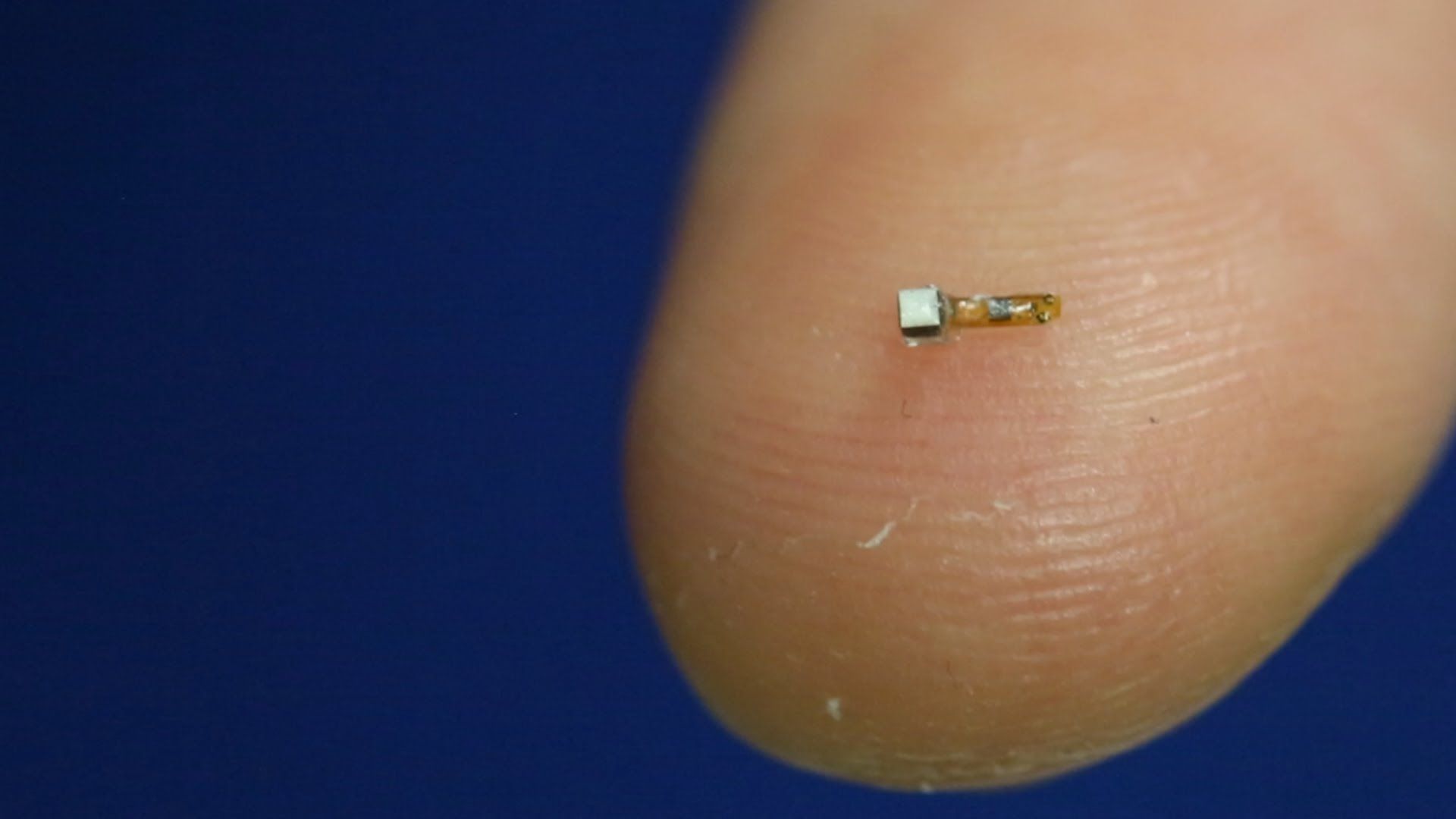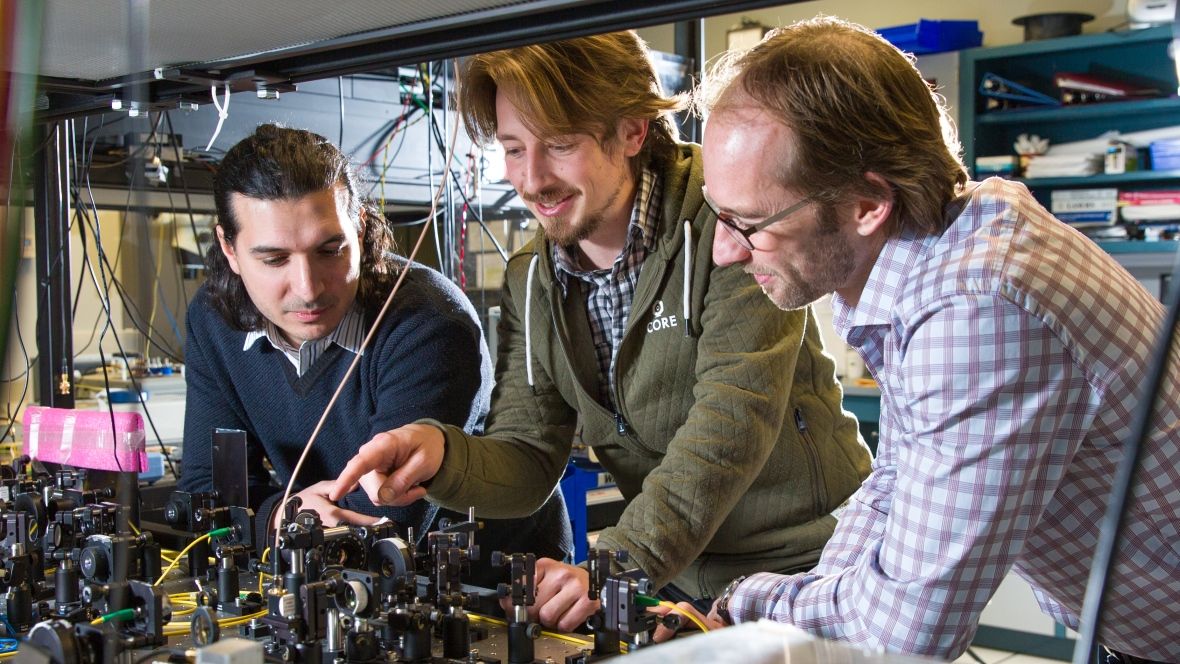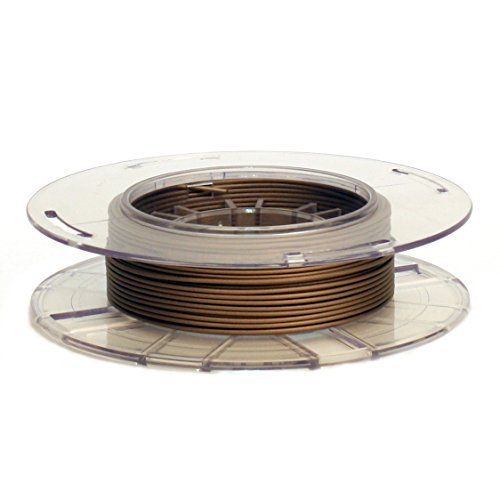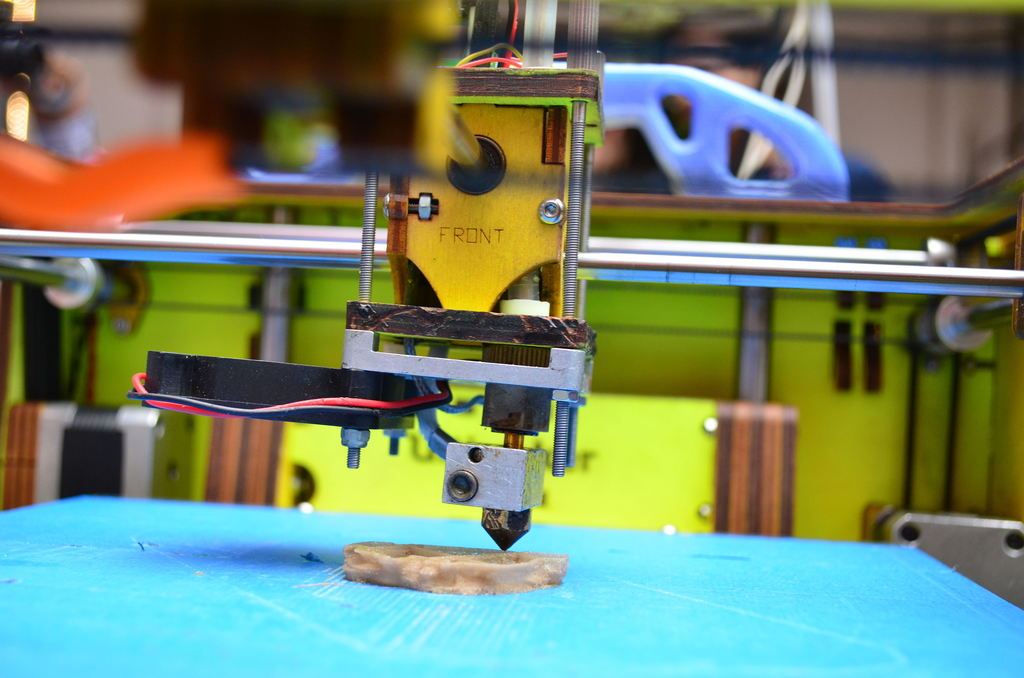Tardigrades, tiny aquatic creatures found in habitats from backyard ponds to Antarctic glaciers, are tough enough to survive the radiation-fraught perils of space. But for a long time, scientists couldn’t agree on why the animals—also known as water bears—are so hardy. Now, researchers have identified a gene that protects the tardigrades’ DNA from radiation, BBC reports. The gene, called Dsup, showed its importance when researchers inserted it into human DNA strands and blasted them with x-rays. The modified genetic material suffered significantly less damage, they report today in. Scientists hope this finding will help them one day protect another animal—us—against radiation.
SABRE is at heart a rocket engine designed to power aircraft directly into space (single-stage to orbit) to allow reliable, responsive and cost effective space access, and in a different configuration to allow aircraft to cruise at high speeds (five times the speed of sound) within the atmosphere.
If the rocket for space is not used then the US air force could use Skylon and SABRE engine technology to develop a 4000 mph hypersonic fighter plane or spy plane.
Lockheed Martin has received a $147.3 million cost-sharing contract from the DARPA to conduct research as part of a prototype agreement for the Tactical Boost Glide program.
The Tactical Boost Glide (TBG) program is a joint DARPA/U.S. Air Force (USAF) effort that aims to develop and demonstrate technologies to enable future air-launched, tactical-range hypersonic boost glide systems. In a boost glide system, a rocket accelerates its payload to high speeds. The payload then separates from the rocket and glides unpowered to its destination.
Berkeley engineers have built the first dust-sized, wireless sensors that can be implanted in the body, bringing closer the day when a Fitbit-like device could monitor internal nerves, muscles or organs in real time.
Neural dust researchers have already shrunk them to a 1 millimeter cube – about the size of a large grain of sand – contain a piezoelectric crystal that converts ultrasound vibrations from outside the body into electricity to power a tiny, on-board transistor that is in contact with a nerve or muscle fiber. A voltage spike in the fiber alters the circuit and the vibration of the crystal, which changes the echo detected by the ultrasound receiver, typically the same device that generates the vibrations. The slight change, called backscatter, allows them to determine the voltage.
A major hurdle in brain-machine interfaces (BMI) is the lack of an implantable neural interface system that remains viable for a substantial fraction of a primate lifetime. Recently, sub-mm implantable, wireless electromagnetic (EM) neural interfaces have been demonstrated in an effort to extend system longevity. However, EM systems do not scale down in size well due to the severe inefficiency of coupling radio waves at mm and sub-mm scales.
The team’s article in Nature Photonics says the demonstration ‘constitutes a milestone towards a global quantum internet,’ as it is one of the longest distances over which quantum teleportation has been achieved using a fibre-optic network in this way.
In a “major step” toward practical quantum networking, researchers at the University of Calgary have successfully demonstrated the teleportation of a light particle’s properties between their lab and the city’s downtown area, six kilometres away.
“What is remarkable about this is that this information transfer happens in what we call a disembodied manner,” said physics professor Wolfgang Tittel, whose team’s work was published this week in the journal Nature Photonics.
“Our transfer happens without any need for an object to move between these two particles.”
3D print circuits with Electrifi Conductive 3D Printer filament. With a resitivity of 0.006 Ω cm, Electrifi is the only 3D printer filament on the market that can truly be called conductive. The filament extrudes at a temperatures between 140–160 ºC, with a recommended printing speed of 15–45 mm/s. Electrifi is currently available with a diameter of 1.75 mm. Please see our website for detailed tutorials on how to use Electrifi in a 3D printed electronics project. Due to the high conductivity of the filament, it can be used to produce many different types of circuits, including LED signs, LED matrix display, Bluetooth lamps, interfacing different types sensors with Arduino, electronic games, gaming controllers, and digital music devices to name just a few examples. If the circuit can be run with resistor of 10 ohm or greater, it can likely be made with Electrifi. Electrifi can also be used to make EMI/RF shielding, RF antennas, RF Filters, and other custom RF components. Electrifi is shipped in a vacuum-sealed package with a desiccant packet. The filament should be stored in a cool, dry environment, and exposure to moisture should be minimized.
Definitely many benefits to 4D including manufacturing, tech devices, and energy.
A team of researchers has uncovered the key to what they call 4D printing – and solar energy may be one of the top 2 fields to benefit from the great invention.
Did your eyes widen in disbelief with the invention of 3D printing as plastic, ceramic, glass, living cells, and even chocolate were born out of a printer? Now it may seem like yesterday’s news. In a way, it kind of is. The 2D laser printer in your home office is probably looking more and more archaic to you these days – or if you’re still using one of those prehistoric dot matrix printers from the 1980s, shame on you. It’s time to step into the future with 4D printing.
QC will need to be on any IT, Security, and/ or tech connected product future state roadmap that spans a 5 + year period because the planning, funding, change management (retooling of resources), etc. will take time to plan & prepare not to mention all those internal & external dependencies and their own efforts around QC in the future because it truly would stink to see an AT&T, or HomeDepot, etc. that invested in their own QC compliant infrastructure suddenly attacked because an external source that they pull from is not QC.
The encryption we take for granted as being uncrackable would have a limited shelf-life in the quantum age, says a security expert.
My suggestion; don’t be one of those companies and governments in the next 5yrs that waits until the 9th hour meanwhile others planned, invested, and executed properly so they’re not exposed like you are.
The race to create new cryptographic standards before super-fast quantum computers are built that can rip apart data protected by existing encryption methods isn’t going fast enough, two senior Canadian officials have warned a security conference.
“I think we are already behind,” Scott Jones, deputy chief of IT security at the Communications Security Establishment (CSE), responsible for securing federal information systems, told the fourth annual international workshop on quantum-safe cryptography in Toronto on Monday.
Quantum computing – or more accurately, computers that use quantum mechanics – is not a dream, Jones and others told the conference of business executives, crypto academics, IT companies and government officials. One prediction is there’s a one in seven chance that by 2026 a quantum computer will exist that can break RSA-2048 encryption. It may take longer — or, if there’s an advance, shorter.
Random numbers have become important in daily life, given how they are at the heart of e-commerce and secure communications and also form the basis of statistical methods of solving problems in engineering and economics. And yet, truly random numbers are difficult to generate. A series of seemingly random numbers can still show patterns, and this can lead to frauds in e-commerce or errors in computations. Carlos Abellani, Waldimar Amaya, David Domenech, Pascual Munoz, Jose Capmany, Stefano Longhi, Morgan W Michell and Valerio Pruneri from the Institutes of Science and Technology and the Institute of Research and Advanced Studies at Barcelona, Polytechnic University and the firm, VLC Photonica, at Valencia and the Institute of Photonics and Nanotechnology at Milan, describe in the Optical Society’s journal, Optica, a method of using quantum effects to generate truly random numbers with the help of a miniature device that can be embedded in a mobile phone. The operative quality of random numbers is that those in a series cannot be predicted from the preceding ones, nor even any of the digits that appear in them.
Once a random number has been exchanged by a pair of correspondents, they can base a code on this number and keep their exchanges confidential. Devices like computers, which handle e-commerce transactions, thus routinely generate hundreds of large random numbers. The numbers generated by a complex formula are based on a “seed” number to get started, and do pass many statistical tests of randomness. The numbers, however, are not truly random and if a third party should guess the “seed” that was used, he/she could work out the numbers and impersonate others in transactions. Real random numbers are created not by a formula but by physical processes, like the last digits of the number of grains in a handful of sand, the throw of honest dice or even the last digit of the daily stock market index.

